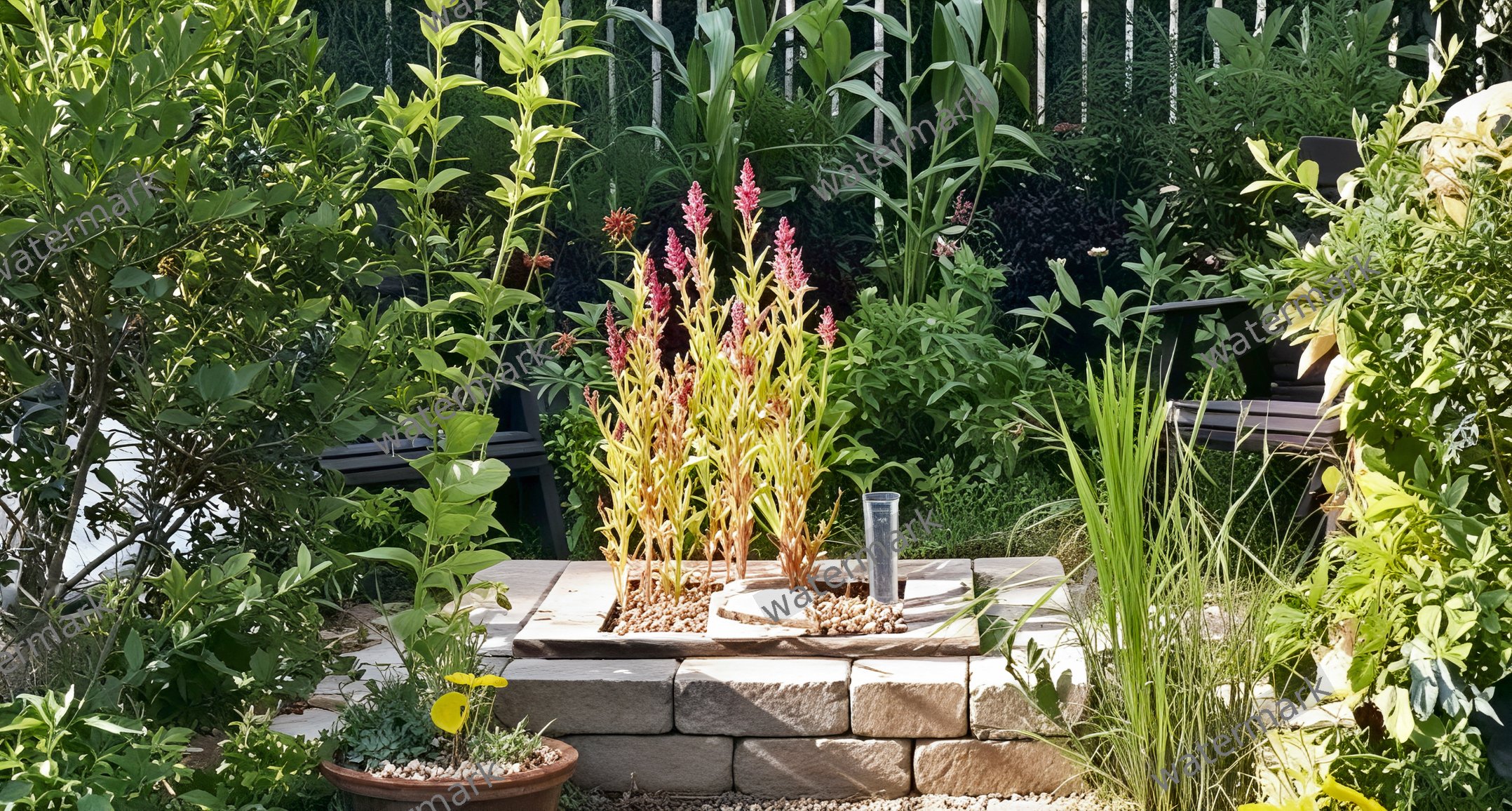A garden can be much more than a decorative space it can become a haven for biodiversity, a refuge for pollinators, and a place where humans reconnect with nature. By designing your garden with wildlife and sustainability in mind, you can make a positive impact on the environment right from your backyard.
Here are some effective ways to create a nature-friendly garden at home.
🌱 1. Plant Native Species
The foundation of a wildlife-friendly garden starts with native plants.
- Native plants are already adapted to local soil, rainfall, and climate.
- They require less water and fewer fertilizers.
- They provide food and shelter for birds, pollinators, and other wildlife.
Planting natives creates a self-sustaining environment that thrives with minimal human interference while strengthening local ecosystems.
🐝 2. Avoid Chemical Pesticides and Herbicides
While pesticides may seem like a quick fix, they can do more harm than good.
- Chemical sprays kill not only pests but also beneficial insects like bees, butterflies, and ladybugs.
- They contaminate soil and water, reducing long-term fertility and harming garden health.
Instead, use natural alternatives:
- Neem oil and garlic spray for pest control.
- Companion planting (e.g., planting marigolds with vegetables to deter pests).
- Encouraging natural predators like birds and frogs to manage insect populations.
This approach allows your garden to remain balanced, resilient, and free from toxic chemicals.
🌿 3. Start Composting
Composting is one of the most eco-friendly gardening practices you can adopt.
- It recycles kitchen scraps and garden waste into nutrient-rich organic fertilizer.
- Improves soil structure, water retention, and plant growth.
- Reduces landfill waste and greenhouse gas emissions.
Tip: Start a compost bin or pile in a shaded area of your garden. Mix “greens” (fruit and vegetable scraps) with “browns” (dried leaves, cardboard) for best results.
💧 4. Add a Water Feature
Water is life, and even a small birdbath, pond, or fountain can attract helpful wildlife.
- Birds, bees, and butterflies need clean water for drinking and bathing.
- Frogs and dragonflies keep mosquito populations under control.
- Running water prevents stagnation, keeping the garden healthier.
💡 Pro Tip: Place the water source near shrubs or plants to give animals cover and protection. Change the water regularly to ensure safety.
🌸 5. Provide Year-Round Food for Pollinators
Pollinators like bees, butterflies, and hummingbirds are essential for ecosystems—and your garden can support them year-round.
- Plant seasonal flowers that bloom in spring, summer, and fall.
- Clustering flowering plants makes it easier for pollinators to feed.
- Choose a mix of colors, scents, and shapes to attract a variety of insects.
Some great choices: lavender, coneflowers, marigolds, sunflowers, and wildflowers.
🦋 6. Encourage Diversity in Your Garden
A monoculture garden (just grass or one plant type) is less resilient. Diversity is key:
- Mix trees, shrubs, flowers, and groundcovers to create multiple habitats.
- Include fruiting plants for birds and herbs that attract insects.
- Dead logs, leaf litter, and rock piles provide shelter for small animals.
The more variety you add, the more wildlife your garden will support.
🌍 7. Reduce Lawn Space
Traditional lawns require a lot of water, mowing, and chemicals, but they provide very little for biodiversity.
- Replace parts of your lawn with native flowers, shrubs, or vegetable beds.
- Consider a wildflower patch or a butterfly meadow in one corner of your yard.
- Let some areas grow naturally to create safe zones for insects and small mammals.
🏡 Conclusion
Creating a nature-friendly garden is not only good for the environment—it transforms your home into a sanctuary of life and beauty. By planting natives, avoiding chemicals, composting, and welcoming pollinators, you build a garden that supports biodiversity and heals the planet.
Every flower, bee, and bird in your yard contributes to a healthier world. A nature-friendly garden is more than decoration—it is a living ecosystem, a classroom for sustainability, and a source of peace and joy for generations to come.
